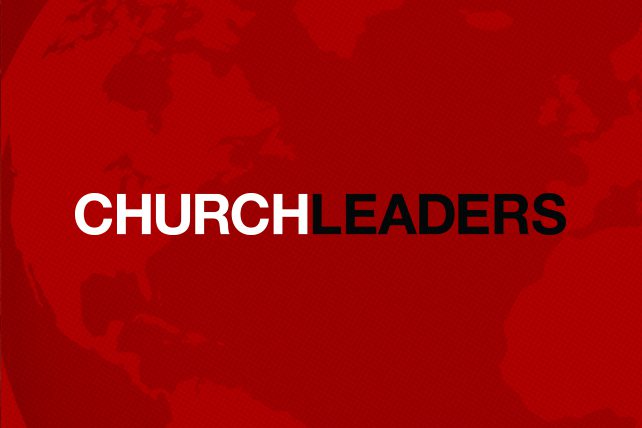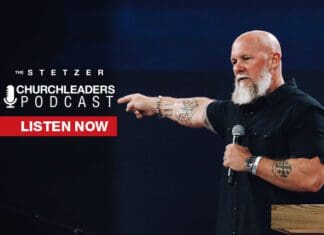SAM ALLBERRY has been a pastor at St. Mary’s Church, Maidenhead, U.K., since 2008. Prior to that, he worked as the pastor for students at St. Ebbe’s Church, Oxford, U.K. Sam is a contributor to the website LivingOut.org, which seeks to biblically help those who struggle with same-sex attraction. He is the author of the book Is God Anti-Gay?
Sam was kind enough to answer some questions about his experiences with same-sex attraction (SSA), as well as provide insight into how the church can effectively serve those who struggle with SSA.
When did you become a Christian?
I became a Christian pretty much the same day as I turned 18. I’d been coming along to a church youth group for a few weeks; I’d heard the gospel and I had believed it. But I hadn’t yet consciously confessed Christ as Lord or given my life to him. The week of my 18th, I was on a youth retreat with a load of folks from the youth group. One of the leaders was asking me how I was finding things and whether I had grasped the gospel. When I said that I had, he pressed me as to what my response was. That was the first time I consciously thought, ‘Yes, I need to give myself to Christ; I want to follow him.’ I remember thinking very clearly that from that moment on I wanted to belong to Christ.
When did you first become aware of same-sex attraction?
I started to become aware around the age of 15 or 16. I remember experiencing some intense feelings of attachment to a particular friend, and feeling devastated when he first started dating girls. At the time, these feelings were all quite confusing: I didn’t really know what was going on or what it meant. It took me a couple of years to realize that this seemed to be something of a settled pattern of attraction that I needed to come to terms with.
You experienced same-sex attraction (SSA) at a relatively young age. Would you say that SSA is part of who you are?
I would say that, certainly for my adult life, it has been a significant part of what I’ve felt, and in that sense it has been a deep and personal issue to deal with and one that impacts on all sorts of areas. I’d be reluctant to say it is who I am as I’m not sure we are to see such feelings as part of our identity. It is a feature of my fallenness (one such of many) rather than of my God-given human identity.
You believe it is sinful to act on SSA. Do you struggle with the fact that God has made you in such a way that you experience SSA?
Yes, I believe Scripture is clear that it would not be right to act on these feelings; they contradict who God has made me to be. I don’t think it is fair to say that God has made me to experience SSA. It comes from my fallenness; a sign of what sin has made me rather than who God has made me. In our fallen state, we are all broken and skewed in every area and therefore including in our sexual desires. In that sense, none of us is straight! SSA seems to be a feature of my fallen desires. In that sense, it is ‘natural’ to me, but with the important insight that what is ‘natural’ is itself warped. So I wouldn’t say, ‘This is how God made me.’ But I do know that he is sovereign over this, as in all things, and so therefore my continuing battle with these feelings is (for as long as I experience it) part of his good plan for me and something that good can come out of. I don’t like this particular battle, but I am thankful for how God has used it in my life.










